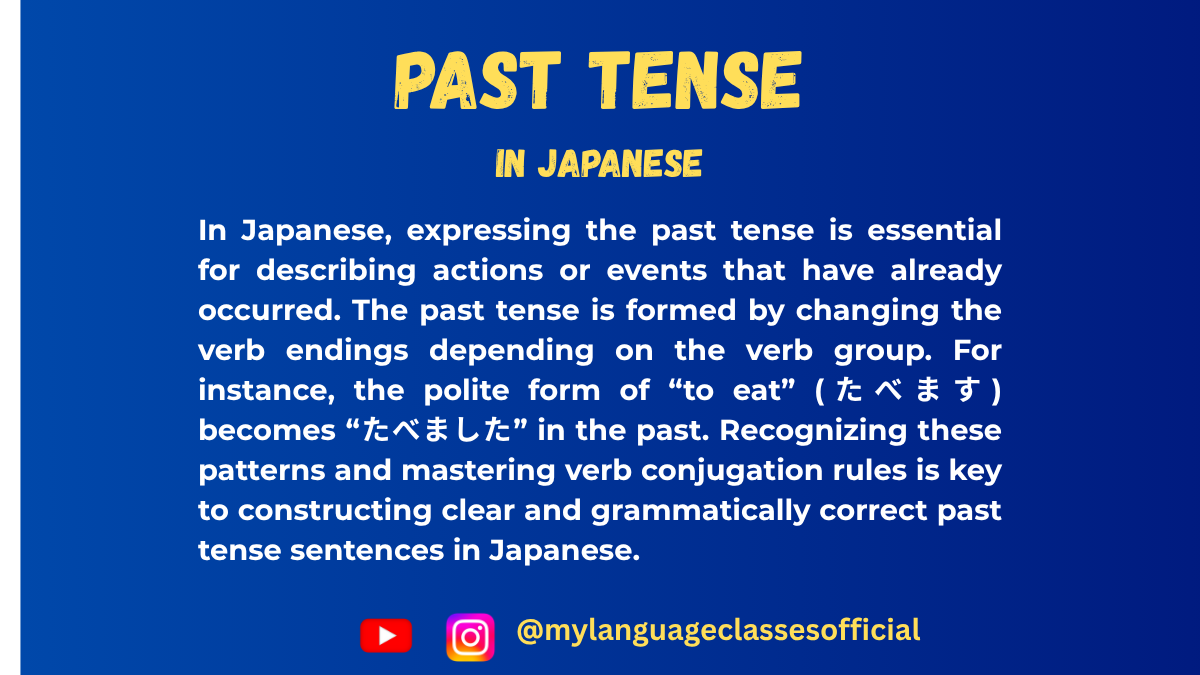Your cart is currently empty!
Tag: polite form past tense japanese

Past Tense in Japanese
Mastering Japanese Past Tense
If you’re learning Japanese, understanding how to express actions in the past is essential for communication. Japanese verbs are logically structured, and once you master their conjugations, you’ll be ready to share stories, describe events, and … Read more

